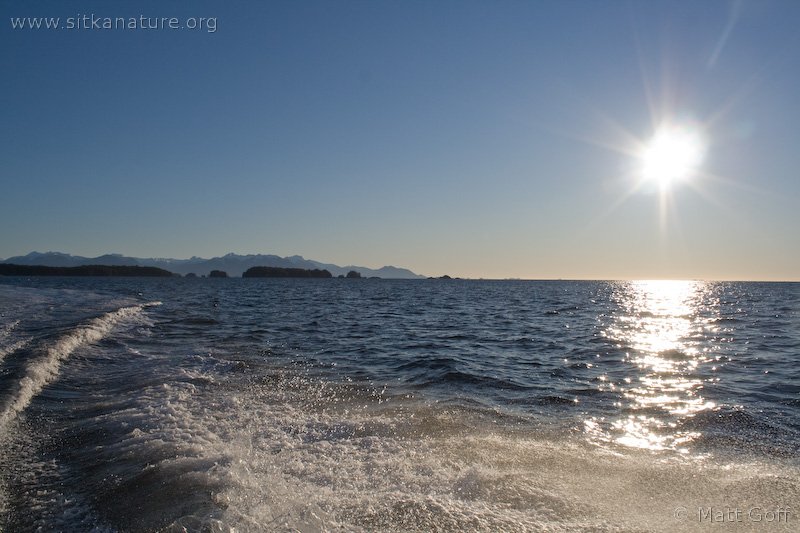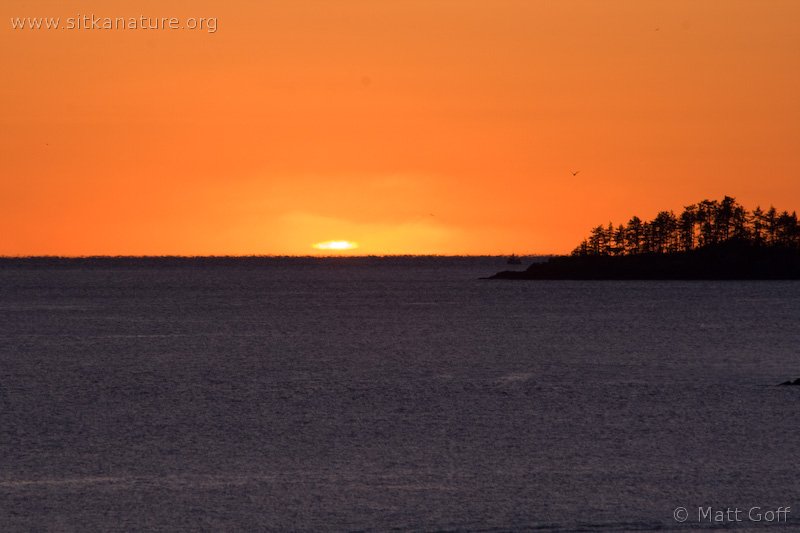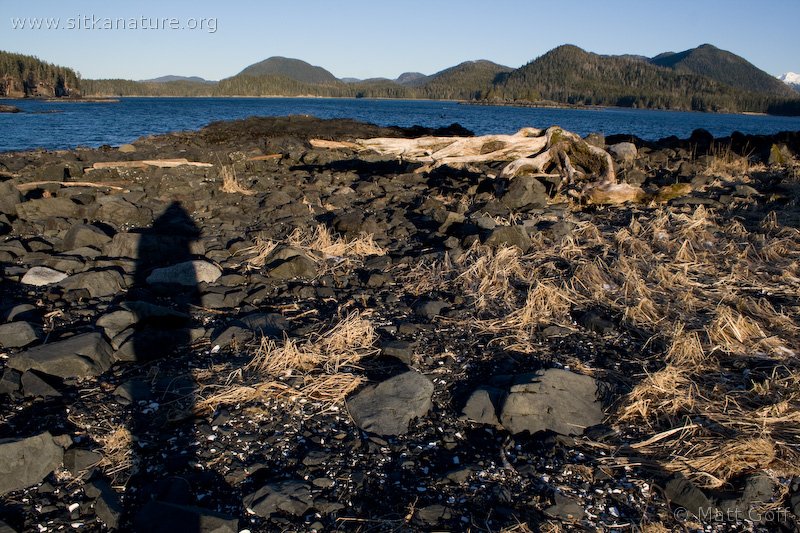With clear weather prevailing in the days prior to and including the winter solstice, it was a good year for observing the sun during the time when the light and warmth we receive from it is a minimum. Many of the things I noticed this year were things I was vaguely aware of before, though I spent a some time trying to improve my understanding.
On the solstice, the sun rose in the southeast at 8:39 am, with sunset occuring in the southwest at 3:21pm, 6 hours and 42 minutes later. The locations of sunrise and sunset are basically 45 degrees south of due east and west respectively. The earliest sunset actually occured a week before solstice, when it was setting at 3:19pm. The two minute gain of afternoon light was more than made up for by five minutes lost in the morning, with sunrise on 14 December occuring at 8:34am, and on 21 December at 8:39am. The latest sunrise, 8:40am, occurs about a week after solstice. It is not until 4 January that the sun rises earlier than on the solstice.
The sun reaches its highest point in the sky when it is due south. This occurred at noon on the solstice when it was 9.6 degrees above the horizon. For comparison, on an equinox, it reaches a maximum of 33 degrees above the horizon with it passing 9.6 degrees at 8:25am and 5:55pm. On the summer solstice the maximum height is 56.5 degrees above the horizon and the equivalent height of winter solstice noon occurs at 5:45am and 8:20pm. The low height of the winter sun gives us long shadows when skies are clear, and the all too familiar dimly lit days when heavy clouds are overhead.
I made extensive use of this handy sunrise/sunset Calculator (which also includes sun altitude and the time when the sun is due south) for this post.


